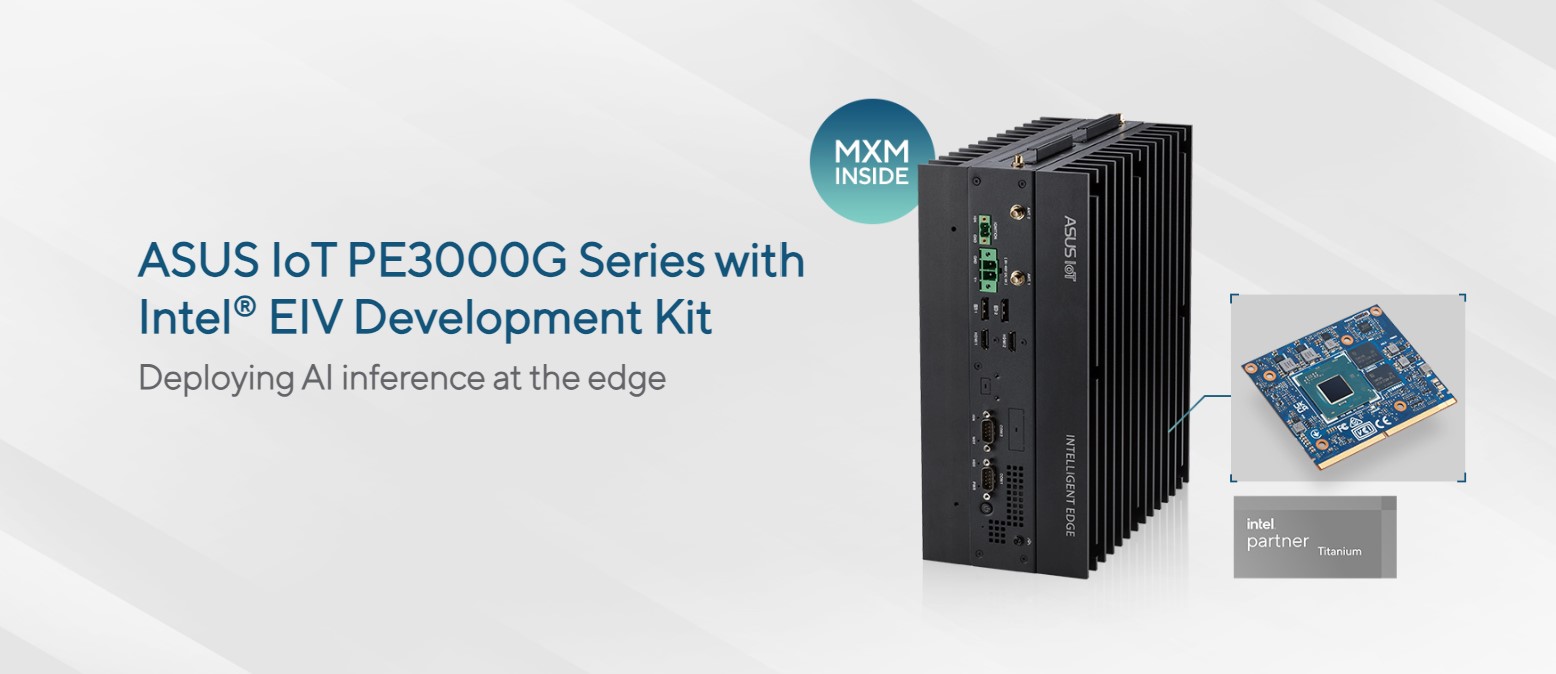MXM GPU Modules: The Key to Enable Powerful, Flexible, and Compact Edge AI Computing

It’s almost hard to imagine a conversation these days that doesn’t involve AI. The topic du jour is how we can enhance Edge AI performance using MXM (mobile PCI Express module) GPU modules. First, let’s briefly explain what an MXM GPU module is and what functions it performs.
An MXM GPU module features a standardized, compact interface, making it ideal for embedded applications and IoT devices. These modules minimize footprint while delivering power-efficient performance in graphics-intensive applications, and they are designed to operate effectively in space-constrained environments and wide operating temperatures. Additionally, they allow for easier upgrades and replacements of GPUs without requiring extensive modifications to the device, providing a flexible and powerful solution for integrating high-performance graphics into compact devices.
Common MXM GPU modules are available in two standardized form factors: Type A (82mm x 70mm) and Type B (82mm x 105mm). And the standardization means that, in theory at least, any MXM-compliant GPU should work with any MXM-compliant device, assuming the power and thermal requirements are met. Hence, a system can be upgraded (or repaired) with a new GPU without having to replace the entire motherboard. Note that, despite the connector/hardware standardization, compatibility can still be an issue due to different power and cooling requirements, as well as firmware and BIOS compatibility.
MXM GPU Modules in Edge AI Applications
The need for MXM GPU modules in Edge AI applications arises from the growing demand for powerful yet compact computing solutions capable of handling intensive AI workloads at the Edge (away from traditional data centers). Edge AI involves processing data locally on devices at the edge of the network, such as cameras, sensors, or robots, to enable real-time decision-making and reduce latency. MXM GPU modules, with their standardized, swappable form factors, can integrate high-performance GPUs into these compact devices, providing the necessary computational power for complex AI algorithms.
Examples of MXM GPU Module Use Cases and Applications
Edge AI applications using MXM GPU modules span a wide range of industries, showcasing the versatility and impact of this technology. For example, in smart cities, Edge devices equipped with MXM GPU modules can process video feeds from surveillance cameras in real time, identifying suspicious activities and enhancing public safety without the latency that exists with Cloud processing.
In autonomous vehicles, MXM GPU modules enable advanced driver-assistance systems (ADAS) and autonomous driving capabilities by processing sensor data on the fly, ensuring quick and reliable decision-making. In healthcare industry, portable medical devices with MXM GPU modules can perform complex image analysis for diagnostics at the point of care, improving diagnostic processes by providing faster results.
Industrial automation also benefits from Edge AI, where robots and machinery equipped with MXM GPU modules can monitor and optimize manufacturing processes in real time, increasing efficiency and reducing down time. Keep in mind that performing these actions at the Edge, while improving performance, can also significantly improve security, as the data never leaves the premises.
The Advantages of ASUS IoT
ASUS IoT offers a wide range of MXM GPU modules supporting Intel® Arc™ Graphics, built on Intel's Xe- HPG microarchitecture. These modules are designed to deliver high performance and efficiency, making them well-suited for graphics-intensive applications such as digital signage, medical image processing, multimedia, and casino gaming. They are also ideal for edge AI applications, including intelligent video analytics, machine vision, smart healthcare, intelligent transportation, autonomous vehicles, and more. Users can benefit from Intel’s comprehensive software support for Arc™ Graphics, which includes optimized drivers, developer tools, and integration with the company's software ecosystem.

In addition, ASUS IoT’s PE3000G and PE3100G Rugged Edge AI systems are well-suited for the edge AI applications outlined here, and they also take advantage of the MXM GPU modules. These systems support Intel’s 13th/12th Gen Intel® Core™ processors, specifically the Raptor Lake-P and Alder Lake-P/H 45-W CPUs, and support up to 64GB of DDR5 4800 SDRAM. The rugged computers feature a patented system architecture and thermal design to ensure fanless operation in temperatures ranging from -20°C to +60°C. Other features include 3x 2.5 GbE and 1x GbE ports with optional PoE+ support; 1x M.2 M key (NVMe), 1x M.2 B key (4G/5G NR), and 1x M.2 E key (WiFi 6); a wide 8- to 48-V DC input with built-in ignition power control; and the ability to withstand 5 Grms of vibration.
Developers can then outfit their systems with a series of MXM GPU modules offered by ASUS IoT , including the MXM-M23B-P5/7, E5, and MXM-M23A-M5/M7. Each module features a different variant of Intel® Arc™ Graphics and includes all the previously mentioned benefits.
To learn more about any of these offerings, or to get advice from the ASUS IoT team of experts, contact the company today.
